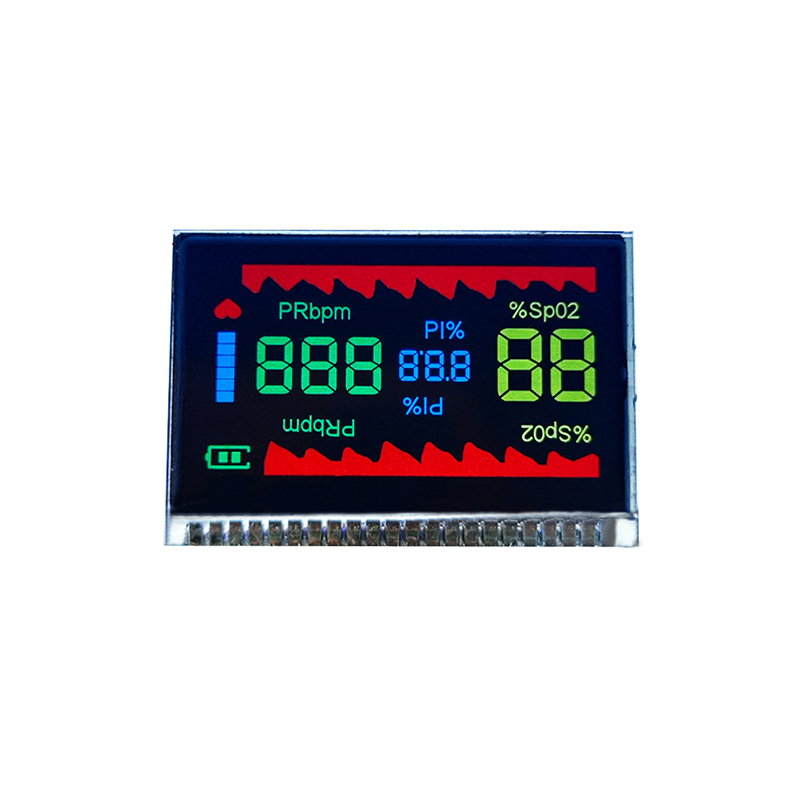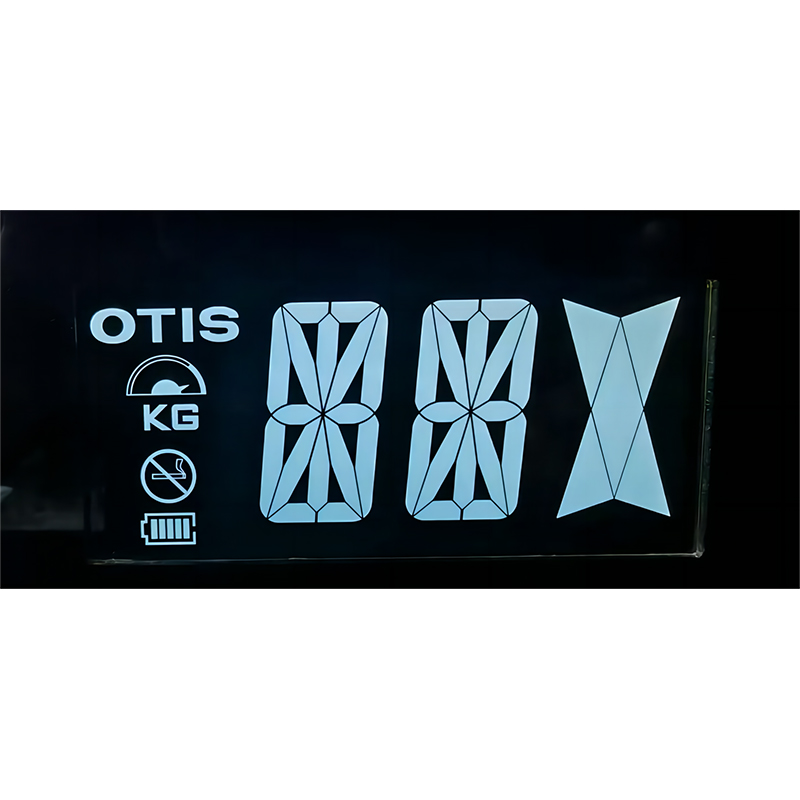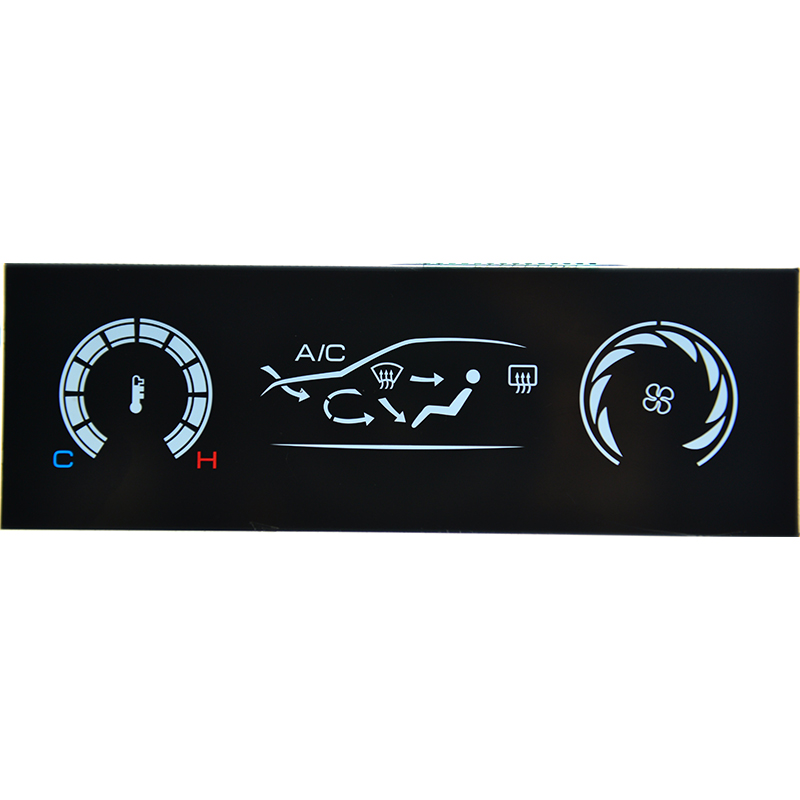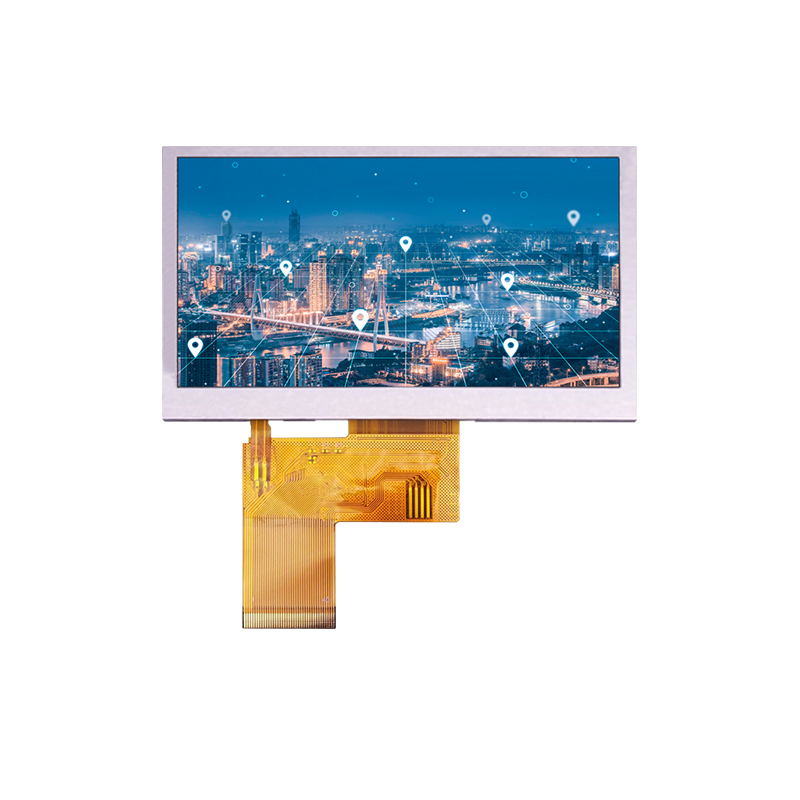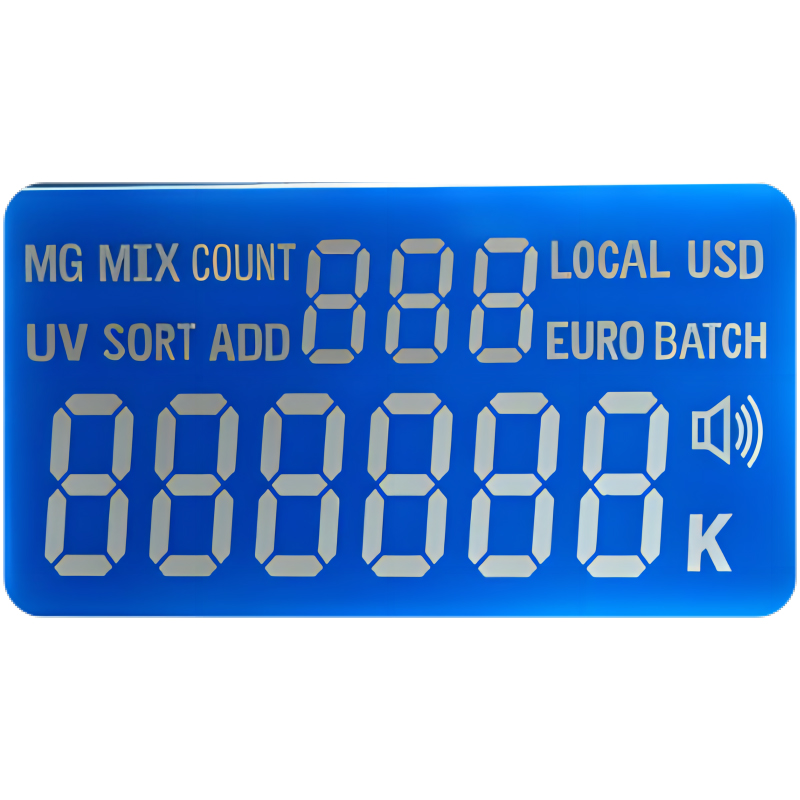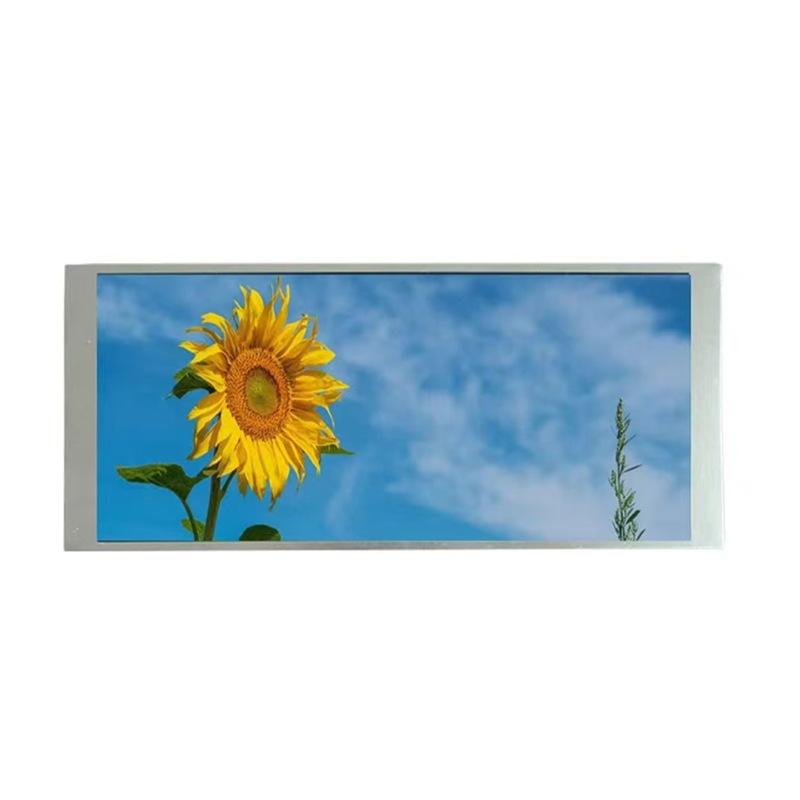TFT LCD Display: A Comprehensive GuideThis guide provides a detailed overview of TFT LCD displays, covering their technology, applications, and key considerations for selection. We'll explore different types, resolutions, and specifications to help you understand what makes a good TFT LCD display.
Understanding TFT LCD Technology
What is a TFT LCD Display?
A
TFT LCD display (Thin Film Transistor Liquid Crystal Display) is a type of flat-panel display that uses liquid crystals to modulate light. Unlike older LCD technologies, TFT LCDs employ thin-film transistors to individually control each pixel, resulting in significantly faster response times and higher resolutions. This technology allows for sharper images, clearer text, and more vibrant colors compared to its predecessors. The
TFT LCD display technology is widely used in various applications due to its cost-effectiveness, relatively low power consumption, and excellent image quality.
How TFT LCD Displays Work
Liquid crystals themselves don’t emit light. A backlight, typically LED (Light Emitting Diode) or CCFL (Cold Cathode Fluorescent Lamp), is used to illuminate the crystals. The TFT transistors control the voltage applied to each liquid crystal, thus affecting how much light passes through. By precisely controlling the voltage of each pixel, the
TFT LCD display creates images. This process allows for accurate color representation and high contrast ratios. The quality and type of backlight significantly impact the overall performance and viewing experience of the
TFT LCD display.
Types of TFT LCD Displays
There are various types of
TFT LCD displays, each with its own strengths and weaknesses. These differences are based on factors like viewing angle, response time, and color accuracy.
TN (Twisted Nematic)
TN panels are the most common and affordable type of
TFT LCD display. However, they often suffer from limited viewing angles and color reproduction compared to more advanced technologies.
IPS (In-Plane Switching)
IPS panels offer much wider viewing angles and superior color accuracy than TN panels. They are often preferred for applications where color fidelity is critical, such as graphic design or photo editing. While generally more expensive than TN, they provide a much-improved visual experience.
VA (Vertical Alignment)
VA panels offer a good balance between contrast ratio and viewing angles. They often boast deeper blacks and higher contrast ratios than IPS panels, making them popular for applications where deep blacks are desirable.
Key Specifications to Consider
When selecting a
TFT LCD display, several specifications should be carefully evaluated:
Resolution
Resolution refers to the number of pixels displayed horizontally and vertically (e.g., 1920x1080). Higher resolution leads to sharper images and more detailed visuals.
Response Time
Response time measures how quickly a pixel can change from one color to another. Faster response times minimize motion blur and are beneficial for gaming and fast-paced applications.
Brightness
Brightness, measured in cd/m2 (candela per square meter), refers to the intensity of the backlight. Higher brightness is ideal for brightly lit environments.
Contrast Ratio
Contrast ratio describes the difference in luminance between the brightest white and the darkest black. A higher contrast ratio results in a more vibrant and detailed image.
Viewing Angle
Viewing angle defines the range of angles from which the image remains clear and undistorted. Wider viewing angles are advantageous for shared viewing experiences.
Applications of TFT LCD Displays
TFT LCD displays are ubiquitous, finding use in a vast array of devices: Mobile Phones: Many smartphones utilize
TFT LCD displays, prioritizing a balance between cost, quality, and power consumption. Laptops and Desktops: While OLED and other technologies are gaining ground,
TFT LCD displays remain dominant in this market. Monitors: A wide range of monitors, from basic to high-end, utilize
TFT LCD display technology. Televisions: Though often superseded by LED-backlit LCDs or OLEDs in higher-end applications,
TFT LCD displays still find a market in budget-friendly televisions. Industrial Applications:
TFT LCD displays are commonly found in industrial equipment, offering a robust and readable interface.
| Display Type | Viewing Angle | Response Time | Color Accuracy |
| TN | Narrow | Fast | Poor |
| IPS | Wide | Moderate | Excellent |
| VA | Wide | Moderate | Good |
Choosing the Right TFT LCD Display
The optimal
TFT LCD display depends heavily on your specific needs and budget. Consider factors like resolution, response time, viewing angle, and color accuracy to make an informed decision. For high-quality, reliable
TFT LCD displays, consider exploring options from reputable manufacturers like
Dalian Eastern Display Co., Ltd.. They offer a wide range of
TFT LCD displays to suit various applications.
Note: Specifications and features may vary depending on the specific model and manufacturer. Always consult the manufacturer's documentation for the most accurate information.


